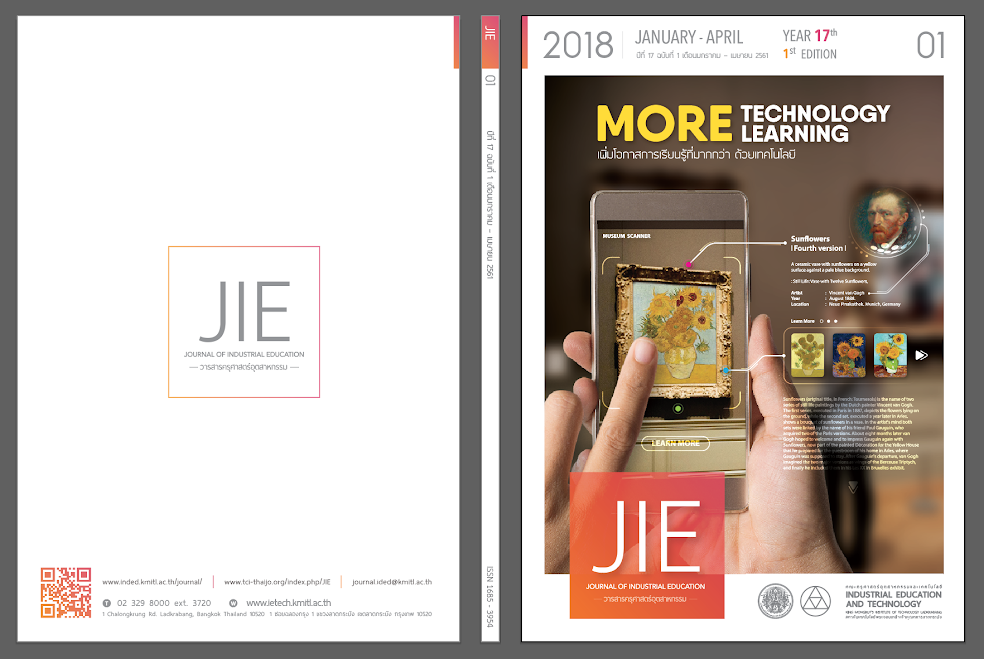ENHANCING MATHEMATICAL ACHIEVEMENT AND PROBLEM SOLVING ABILITIES OF GRADE 10 STUDENTS BY POLYA’S FOUR STEPS AND SCHOENFELD’S BEHAVIOR CATEGORIES
Keywords:
Mathematical problem solving, Polya’s Four Steps, Schoenfeld’s Behavior CategoriesAbstract
The purposes of this classroom action research were to enhance students' mathematical achievement and to enhance students' problem solving abilities by using Polya’s Four Steps and Schoenfeld’s Behavior Categories. The participants were 32 grade 10 students in the first semester of academic year 2017 at a secondary school in Bangkok, Thailand. The topic used in this study was real number system. Apart from Polya’s Four Steps and Schoenfeld’s Behavior Categories, the researcher also applied group work activity in teaching problem solving. Instruments in this study were 8 lesson plans, mathematics achievement test, and problem solving test. Teaching and learning lasted 13 periods with 50 minutes in each period. There were three cycles of action plan. Each cycle was composed of planning, acting, observing, and reflecting. Data were collected from those instruments, including students' homework, worksheets, and teacher’s reflection. Results showed that students’ achievement scores and problem solving scores were high to the levels required by the researcher. From reflections, researcher adjusted teaching by frequently reminding students of resources, general strategies, content-specific strategies, to think about their thinking, control and checking problem solutions.
References
[2] Robert E. Reys and Krulik, S. 1980. Problem Solving in School Mathematics.
USA: The National Council of Teachers of Mathematics.
[3] Polya, G. 1973. How to Solve It. New Jersey: Princeton University Press.
[4] Schoenfeld H. Alan. 1985. Mathematical Problem Solving. London: Academic Press Inc.
[5] Kemmis, S. and McTaggart, R. 1988. The Action Research Planner. 3rd ed. Geelong,
Australia: Deakin University Press.
[6] Shumway J. Richard (Ed.). 1980. Research in Mathematics Education. Reston, VA:
National Council of Teacher of Mathematics.
[7] Yuwalee, T. 2016. Applying Polya’s four-steps and Schoenfeld’s behavior categories to enhance students’ mathematical problem solving. Journal of Advances in Humanities and Social Sciences, 2(5), p. 261-268.
[8] Sirirat, P. 2012. Blended Learning and Its Applications. Journal of Industrial Education, 11(1), p.1-5.
Downloads
Published
How to Cite
Issue
Section
License
"The opinions and contents including the words in papers are responsibility by the authors."
"ข้อคิดเห็น เนื้อหา รวมทั้งการใช้ภาษาในบทความถือเป็นความรับผิดชอบของผู้เขียน"



